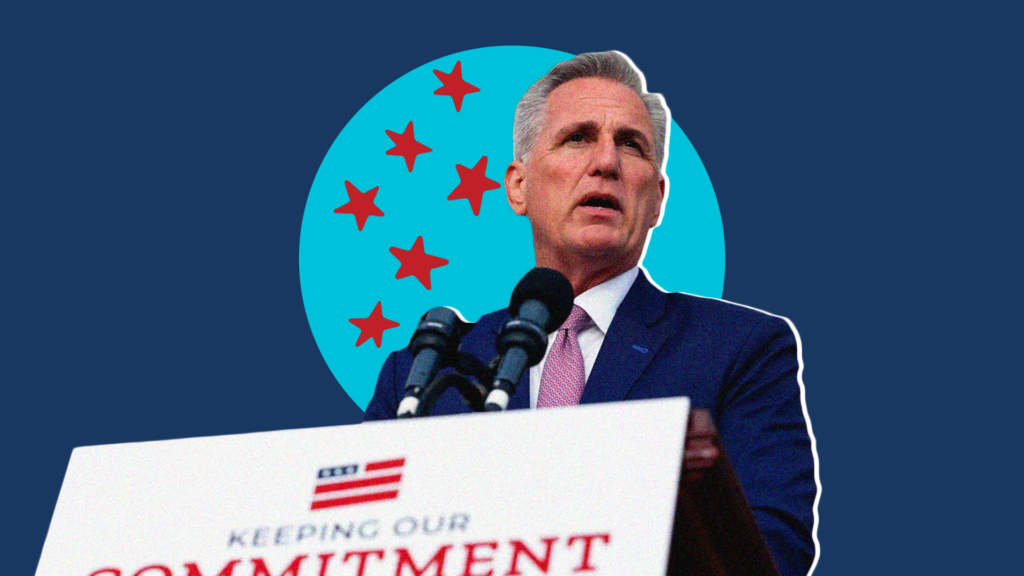Time to Act on the Lessons of History
© 2002 Copley News Service, 4/17/2002
With the agony of filing federal tax returns once again behind us, it is useful to recall the words of the famous German philosopher, Georg Wilhelm Friedrich Hegel: “What experience and history teach is this — that people and governments never learned anything from history, or acted on principles deduced from it.”
April 15, tax day, is probably the most dreaded day of the year for most Americans, as well it should be. The U.S. tax code is a booby-trapped, Kafkaesque maze into which only the brave, or the very foolish, would dare to venture voluntarily. Yet our government plunges each of us by force into this dark labyrinth every year. In 1995, the National Commission on Economic Growth and Tax Reform, on which I served as chairman, took a look at this mess and concluded that “The present tax system is beyond repair — it is impossibly complex, outrageously expensive, overly intrusive, economically destructive and manifestly unfair.”
Here we are seven years later and no closer than we were then to overhauling this dysfunctional tax system. Our political leaders have forgotten the lessons learned repeatedly throughout our history, that people work, save and invest based on their after-tax income and rate of return. If we cut tax rates and increase the after-tax rate of return, people will engage in more productive activities. With rising after-tax returns, every productive force in the economy responds immediately and powerfully to take advantage of the new opportunity to profit from work, saving, innovation, risk-taking and investment.
Not only have our elected leaders been unwilling to learn these tax-reform lessons of history, they have also ignored a wealth of empirical evidence on the success of tax reform in other countries — Russia, of all places, first and foremost. In the heart of the former Soviet Union — the “Evil Empire” — the Russian people transcended Communism and in the process discarded its tax code onto the ash heap of history. In its place, Russia has adopted a 13 percent flat tax. Since its inception just one year ago, the Russian tax reforms have been a smashing success. Not only did the economy grow by more than 5 percent; tax revenues swelled by 28 percent.
The Russians took only a decade to replace their 20th century socialist tax code with a pro-growth 21st century tax code. Meanwhile, America remains stuck with an archaic 45,000-page confiscatory and anti-growth tax code that has not been reformed in any meaningful way for almost 20 years and that is truly unworthy of a civilized society.
Three times in our own history, significant pro-growth tax reform has been enacted, and each time the reforms worked to improve the economy dramatically. In the 1920s, under President Calvin Coolidge, tax rates were lowered to 25 percent from the confiscatory rate of 73 percent they had reached during World War I. In 1963, Congress enacted the series of tax-rate reductions proposed by President John F. Kennedy, which brought the top tax rate down by more than 20 percent. In both instances the tax-rate reductions preceded a new era of economic growth, with the economy growing on average more than 5 percent.
The next significant period of tax reform and economic growth acceleration began in 1978, when Congress passed the Steiger Amendment, cutting the tax rate on capital gains from 49 percent to 28 percent. In 1981, President Ronald Reagan convinced Congress to cut the top rate from 70 percent to 50 percent and then to 28 percent in 1986. After growing at an average annual rate of only 1.6 percent between 1973 and 1982, the economy grew at more than 3.5 percent a year between 1983, when the tax cuts became fully effective, and 1990, when tax rates were raised again.
History also demonstrates that tax reform and lower tax rates do not benefit upper-income individuals at the expense of the poor and the middle class. During the 1920s, the share of the tax burden paid by the so-called “rich” (incomes over $50,000) rose dramatically, climbing from 44.2 percent in 1921 to 78.4 percent in 1928. The share of the income tax burden borne by the “rich” also increased in the 1960s, with the portion of the income tax burden on taxpayers with incomes in excess of $50,000 increasing from 11.6 percent to 15.1 percent. After the 1981 rate reductions, the share of income taxes paid by the top 10 percent of earners jumped significantly, climbing from 48 percent to 57.2 percent in 1988. The share of the income tax bill paid by the top 1 percent rose even more dramatically, from 17.6 percent in 1981 to 27.5 percent in 1988.
Nations around the world — from Hong Kong and Singapore to Russia, Ireland, Bermuda, Lithuania, Latvia and Estonia — are reaping the benefits of reformed tax systems with lower rates and more neutral taxation of work, saving and investment. It’s time to apply the lessons from our past and to draw on the lessons from abroad to reform our tax system.



